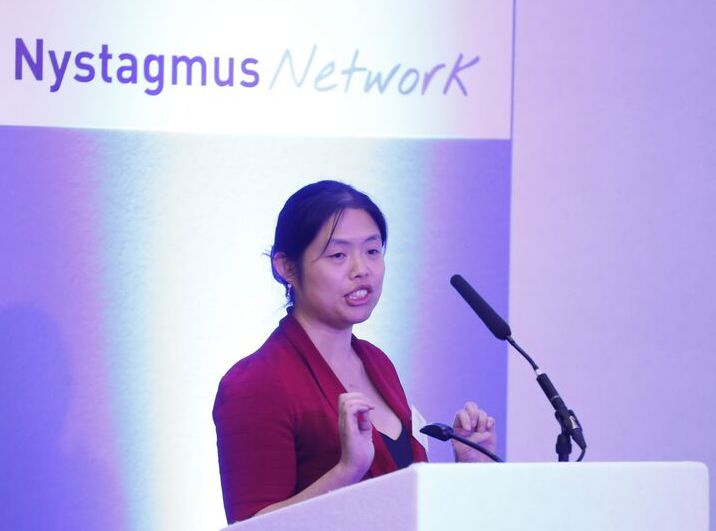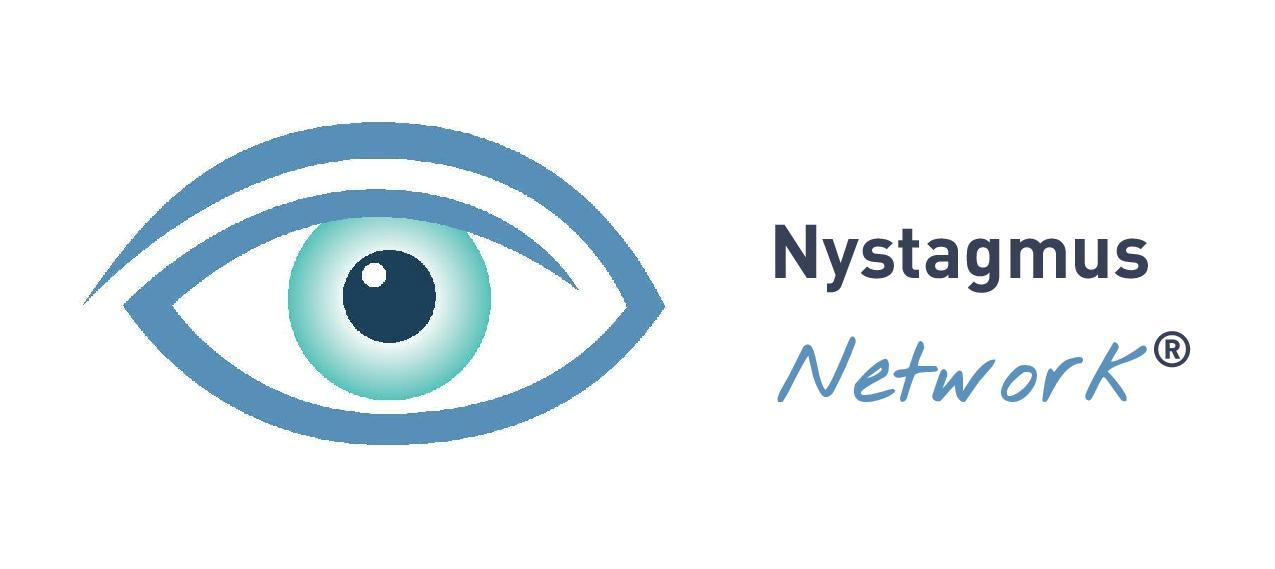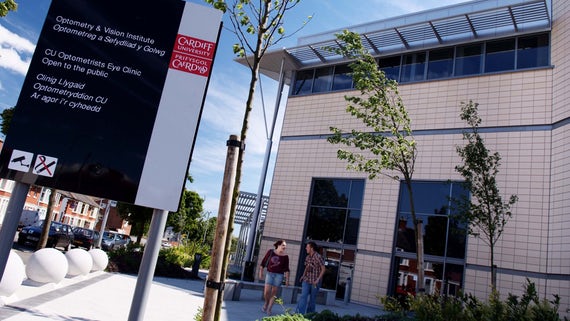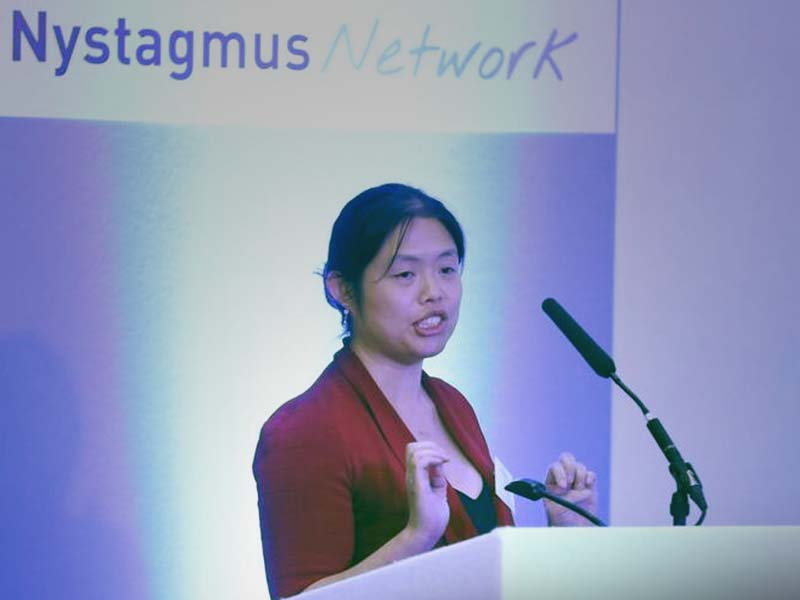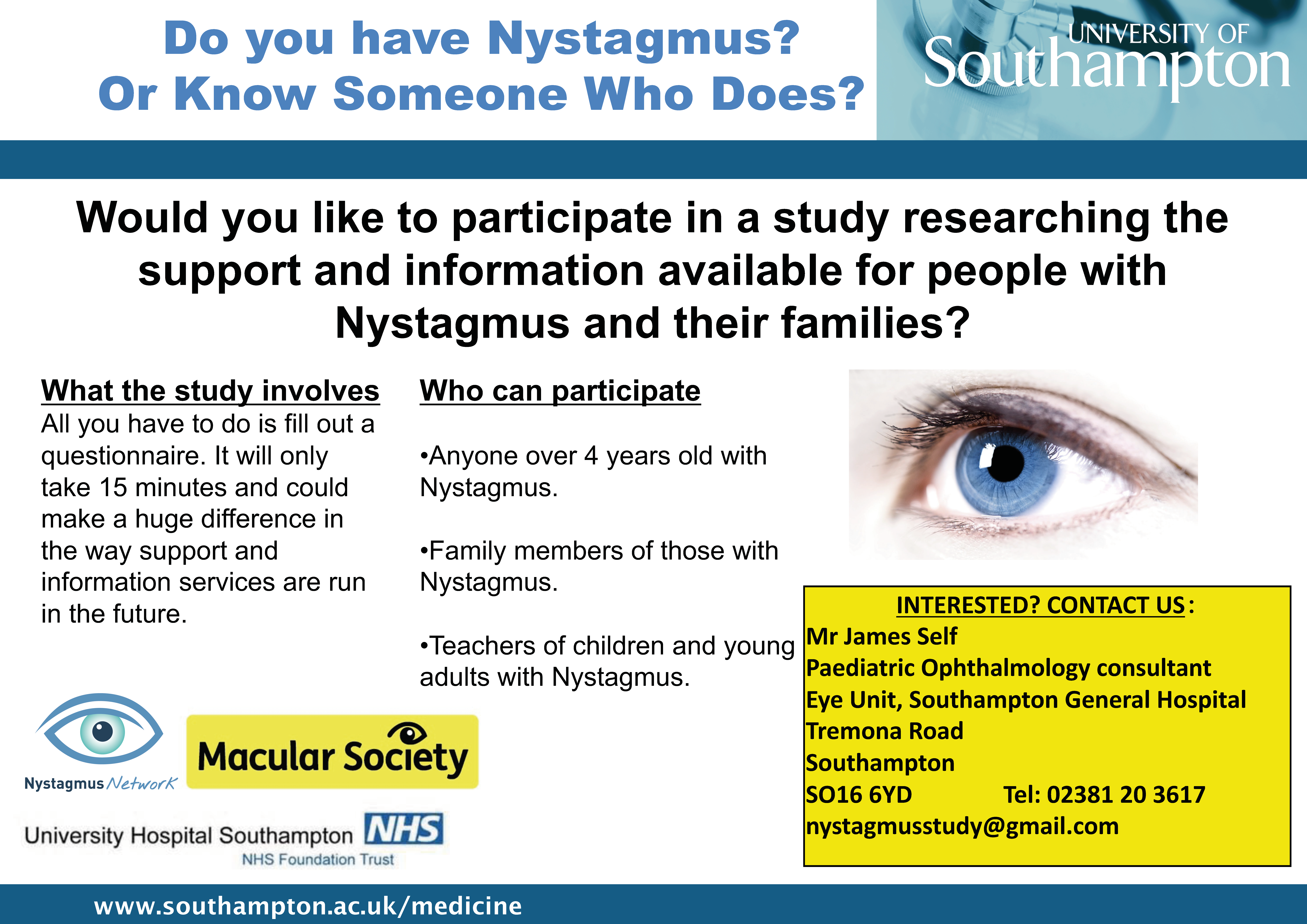Dr Helena Lee from the University of Southampton was happy to announce this week the publication of a first paper from the OLIVIA study which shows the potential for L-DOPA … Continue reading Research into albinism could be good news for babies born with nystagmus
